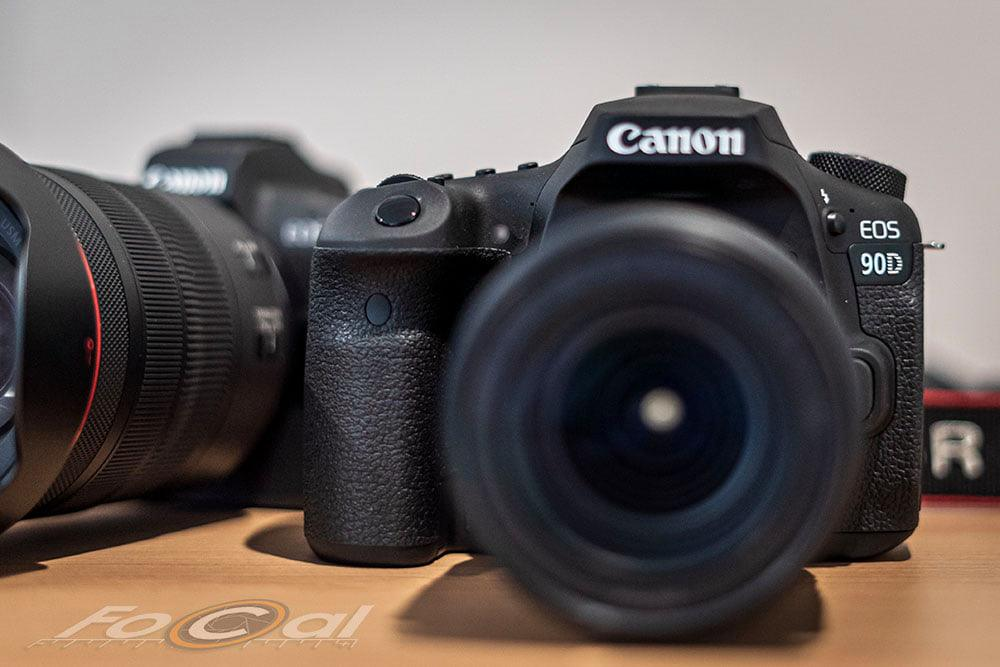

the EF 24-70 f/2.8L) which are far more expensive. The performance of this lens across the aperture range is excellent, reflecting what we’ve seen from the latest Canon lenses (e.g. So you can be sure you’re getting the sharpest shot even when shooting stopped down (for more information about Focus Shift take a look at this article, which includes examples of how it affects images). Tthe copy of the lens we tested is sharpest at around f/3.2, but it’s still very sharp wide open without much drop off in image quality at all (you can see this by the fact that there isn’t much of a curve between the diffraction limited aperture (the red line), and the far left point which shows the quality at f/1.8).įocus shift is shown on this graph by a difference in position between the diamond markers and the square markers, and on this chart they pretty much overlay, which means this lens exhibits no focus shift. Aperture Sharpness and Focus Shiftįirst off, the Aperture Sharpness/Focus Shift test. This is by no means a full review, just the results of couple of quick tests we had a chance to run with this shiny new lens. We had an opportunity to do a few tests with Reikan FoCal and one of these lenses yesterday, and the results match up with the excellent reviews this lens has been having. This is a really exciting lens as it’s the first to have a such a wide fixed aperture of f/1.8 across the whole zoom range. Unless you’ve been hiding under a rock, you’ll have heard of the new Sigma 18-35mm F1.8 DC HSM A lens that’s now available.


 0 kommentar(er)
0 kommentar(er)
